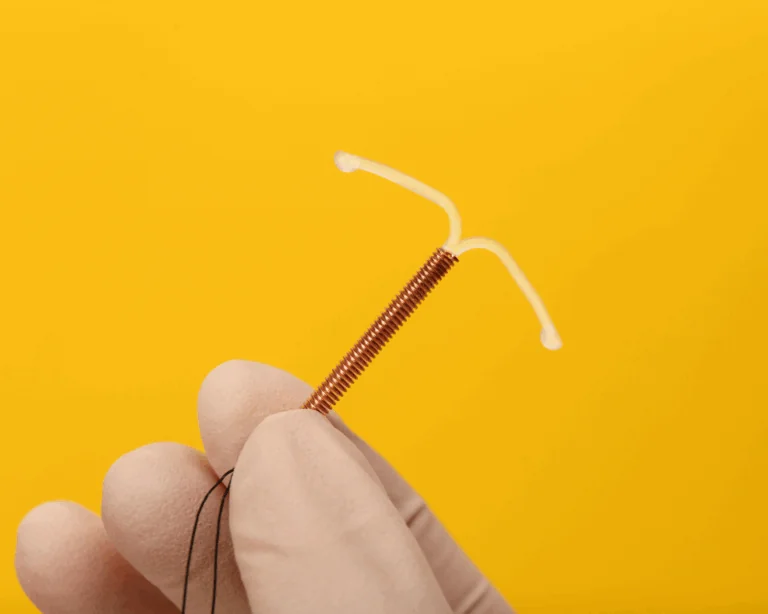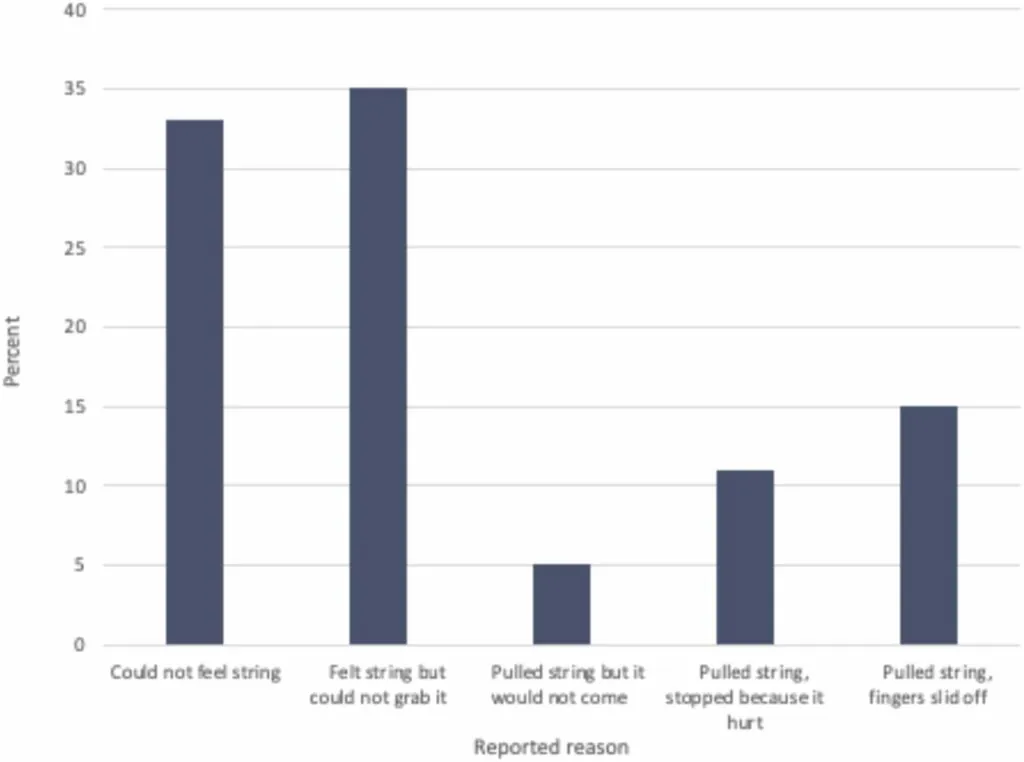Pulling Power: Why More People Are Removing Their Own IUDs
Due to a number of barriers to care, many women are opting to remove their IUDs themselves, with varied success.

Read Time: 2 minutes
Published:
IUDs are the third most popular contraceptive method in the United States, offering 99% effectiveness for anywhere from 3 to 10 years. However, women choose to have the device removed when family planning shifts, side effects arise, or the device expires. The removal process is seemingly simple: a provider lightly pulls on the string, and the IUD comes right out. Yet, many women have found IUD removal to be a challenge.
Systemic barriers like scheduling an appointment, cost, and a clinician’s refusal to remove IUDs are common obstacles. As a result, many women are looking into removing their IUDs themselves. However, past research shows IUD self-removal to be ineffective, with only a 19% success rate.
Kelsey Petrie and colleagues measured how often women with IUDs were able to successfully remove their devices at home. Additionally, they tested whether a self-removal guide improved outcomes. Eligible participants were recruited online and needed English proficiency, camera phone access, a desire for IUD removal, and willingness to attempt self-removal. Participants were split into two groups: one received a guide for IUD self-removal, and the other did not. Participants chose between attempting self-removal at home or in a clinic.

Of the 116 study participants, 30% reported successfully removing their IUDs. The guide did not significantly impact success rates. Among those who received the guide, 32% succeeded, compared to 28% without the guide. However, nearly all participants who received the guide (97%) said they found it helpful. Notably, participants who attempted IUD self-removal outside a clinic were significantly more successful (35%) than those who tried in a clinical setting (9%). The graph above shows reasons for unsuccessful self-removal.
When participants could feel the strings, nearly 40% successfully removed the device. Difficulty grasping the strings or not feeling them at all were the biggest challenges. Although removal success rates weren’t high, most participants viewed self-removal positively and would recommend it to a friend, and 80% said they would try it again with a future IUD.
While self-removal is well-received and women having bodily autonomy is critical, the real issue lies in systemic barriers: appointment delays, cost, and provider refusal. Tackling these barriers would reduce the need for IUD self-removal in the first place.



